LATVIJA.FM
Ādams Alksnis: The First Chronicler of Latvian Spirit in Paint
In the brief yet luminous span of his life, Ādams Alksnis became a pioneer of Latvian national art, forging a path for visual storytelling that embraced rural life, ancient myth, and historical memory. Born in 1864 and gone by 1897, he left behind a poignant collection of drawings, watercolors, and genre paintings that laid the groundwork for generations of artists. His works, though few in number, form an essential part of Latvia’s cultural identity—expressing both the quiet dignity of peasant life and the fiery spirit of folk legend and patriotic struggle.
From Rūjiena’s Fields to Petersburg’s Studios
Born in the quiet countryside of Mazsalaca parish and raised in Rūjiena, Alksnis came from humble roots. His artistic journey began at the German Artisans' Craft School in Riga, where he honed his skills before being accepted as an external student at the Imperial Academy of Arts in Saint Petersburg. Though he specialized in battle painting, Alksnis’ interests gravitated toward the lives of ordinary Latvians. He often interrupted his studies to return home and earn money—struggles that limited his formal education but not his drive. In Russia, he joined the Latvian artists' circle “Rūķis,” where his curiosity for folk themes and cutting-edge art trends made him a guiding voice among his peers.
A Mirror to Rural Latvia
At a time when national identity was awakening across the Baltics, Alksnis turned his attention not to classical subjects but to the everyday world around him. He was one of the first Latvian painters to depict the rhythms of peasant life with both realism and respect. Works like Kartupeļu noņemšana ("Potato Harvesting") and Zirgu dzirdīšana ("Watering the Horses") are more than scenes—they are moments of collective memory. His compositions often carry a quiet solemnity, with figures frozen in work, ritual, or pause, as if time itself were taking stock of a disappearing way of life.
Legends and Freedom in Graphite and Paint
Beyond scenes of village life, Alksnis delved deep into Latvian mythology and early history. His vivid pencil and charcoal drawings like Izlūki ("Scouts"), Zemgaļu kauja ar krustnešiem ("Semigallian Battle with Crusaders"), and the haunting Skriešanās ("The Race") summon a vision of a nation long fighting for its voice. These pieces were not merely illustrations—they were acts of cultural assertion. His imagined warriors, ancient heroes, and folk demons emerge from the page with bold lines and somber tones, tying the mythical to the modern and rooting Latvia’s future in its past.
A Fragile Legacy, Kept Alive
Despite his talent and promise, Alksnis’ life was tragically short. He died in 1897 at the age of just 33, a victim of blood poisoning after a nose operation. He was laid to rest in Rūjiena, and his grave survived even when the Soviet regime leveled the surrounding cemetery. He left behind just fifteen oil paintings but hundreds of drawings and watercolors, many of which are now housed in the Latvian National Museum of Art, the Alksnis Memorial Museum in Rūjiena, and private collections. His portraits, such as Tēva portrets ("Portrait of Father") and Divi kareivji pie galda ("Two Soldiers at a Table"), demonstrate his eye for character and depth—always humble, always human.
An Enduring Presence in the Latvian Canon
Though his name may not echo as loudly as some of his successors, Ādams Alksnis was one of the first to give visual form to the Latvian spirit. His dedication to depicting local themes—be they fields or folklore—set the tone for the national school of painting that would follow. In works like Arājs ar baltu zirgu ("Ploughman with a White Horse") and Studija ar trīs bērziem ("Study with Three Birches"), we find not only artistic merit but emotional truth. He painted not for the salons of Paris, but for the soul of his people—and in doing so, etched himself into their memory.
